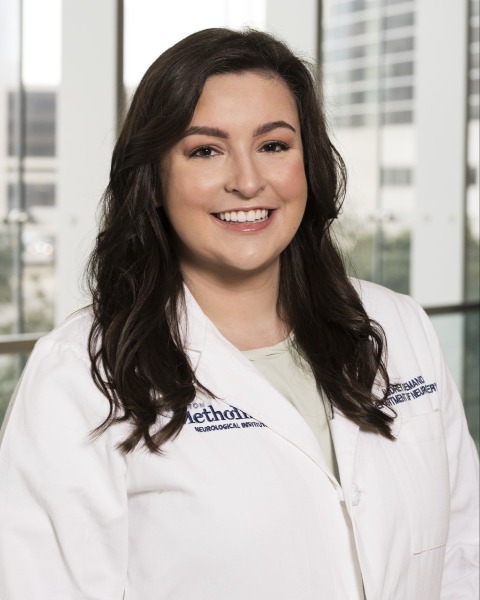Minimally Invasive/Motion Preservation
The Use of Monitored Anesthesia Care for Endoscopic Laminectomy or Discectomy in the Elderly, a Case Series
Friday, February 21, 2025

Audrey Demand, MD
Resident
Houston Methodist Hospital
Presenting Author(s)
Disclosure(s):
Audrey Demand, MD: No financial relationships to disclose
Introduction: As the adult population continues to expand, so does the population of patients with degenerative spinal pathology. The elderly population have more co-morbidities that serve as independent risk factors for poor outcomes from spine surgery. Endoscopic laminectomy and discectomy is a well-established technique that requires significantly less hospital length of stay. Compared to general anesthesia (GA), monitored anesthesia care (MAC) can reduce the risk of dental or airway injury, cognitive impairment, corneal abrasions, cardiac events, and pneumonitis. We report a series of eight patients over the age of 65 who were treated with MAC during endoscopic laminectomy or discectomy.
Methods: Eight patients aged 65 and older were selected for endoscopic laminectomy or discectomy under MAC. Each patient was counseled in the office on the risks and benefits of MAC versus GA. On the day of the procedure, they discussed their choice once more with the anesthesiologist and selected MAC.
Results: Within this cohort, there were no immediate post operative complications. The average length of stay was 0.5 days. The average in-room time to case start was 29 minutes. The average operative time was 86 minutes. The time from post operative anesthesia care unit (PACU) arrival to meeting discharge criteria was 55 minutes. Lastly, the average time from PACU arrival to discharge home versus to the patient’s room was 137 minutes. This amounts to an average of 4.2 hours from in-room time to discharge.
Conclusion : The use of MAC is a safe and effective method to minimize anesthetic risks and hospital length of stay in elderly patients undergoing endoscopic surgery. This technique increases efficiency by minimizing the time to case start. Further studies are needed to compare both the operative times and post-operative complications of elderly patients undergoing GA versus MAC for endoscopic surgery.

.jpg)